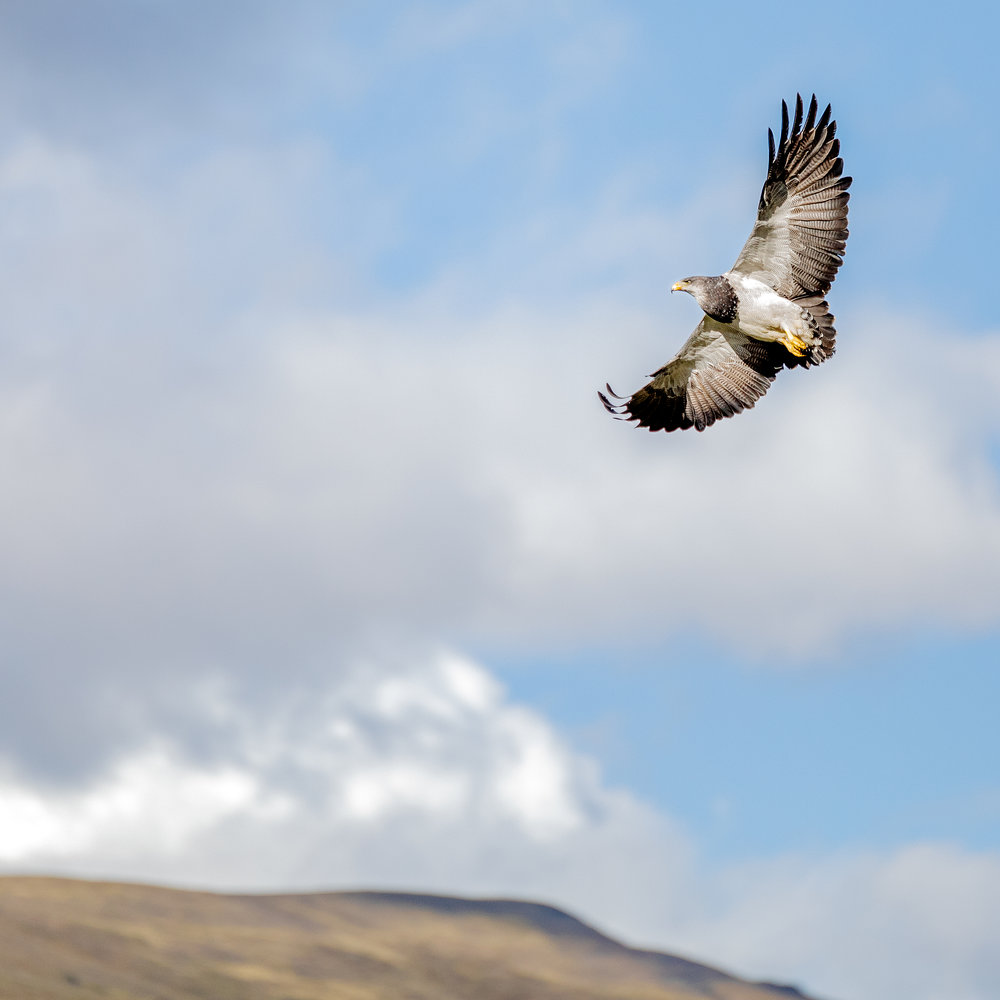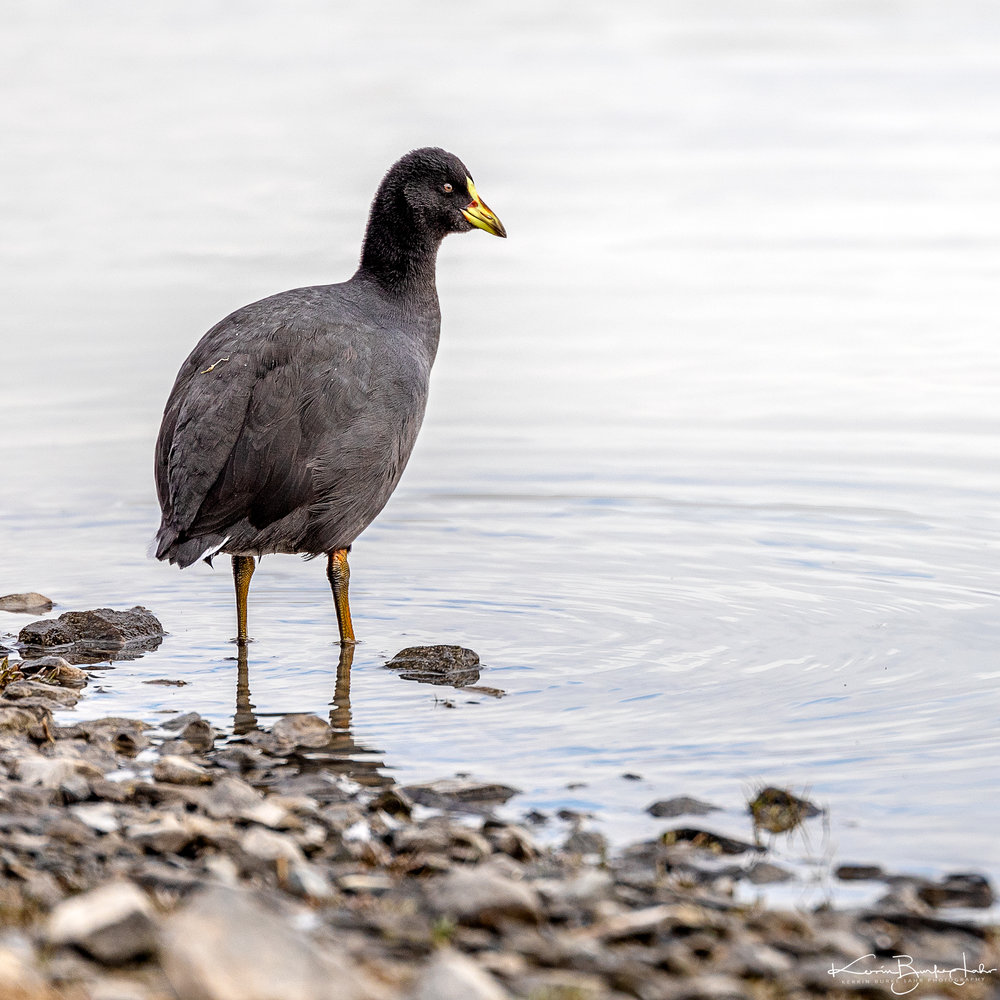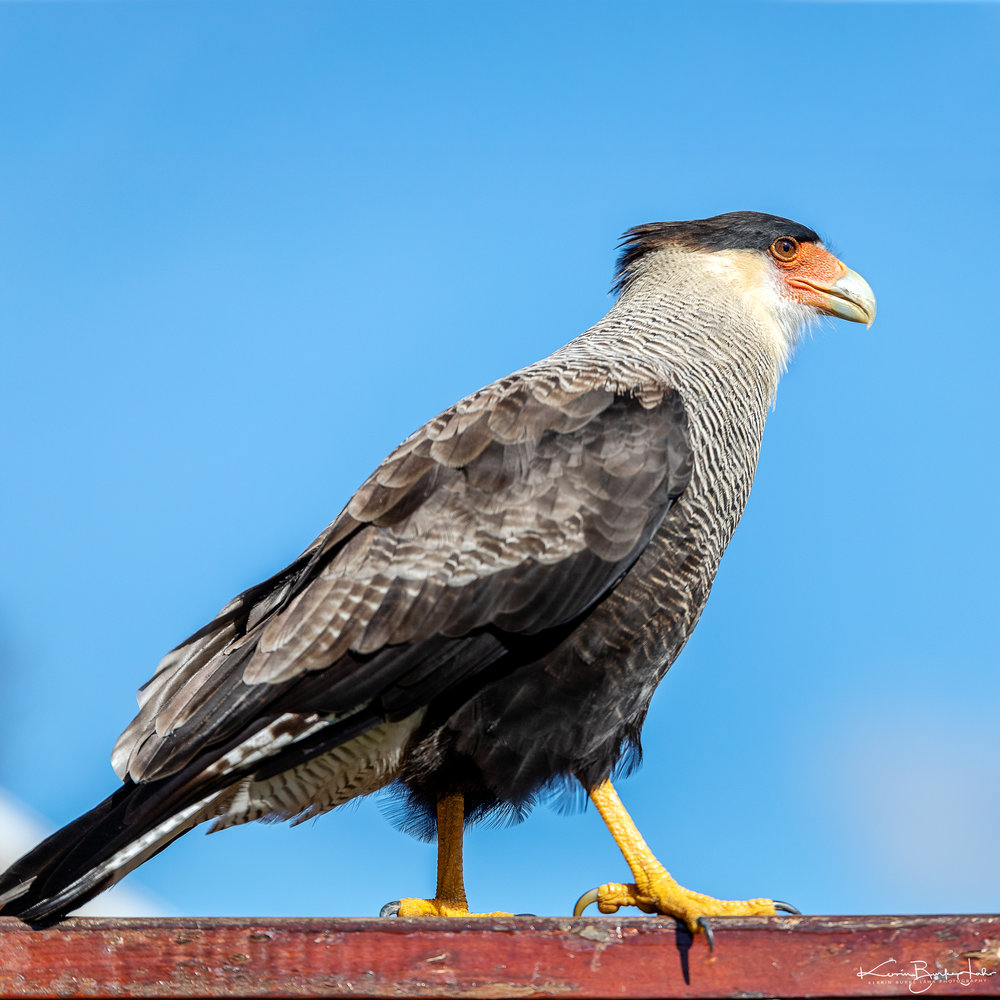As I mentioned in my previous post – I came to Patagonia for the mountains but now appreciate it for so much more.
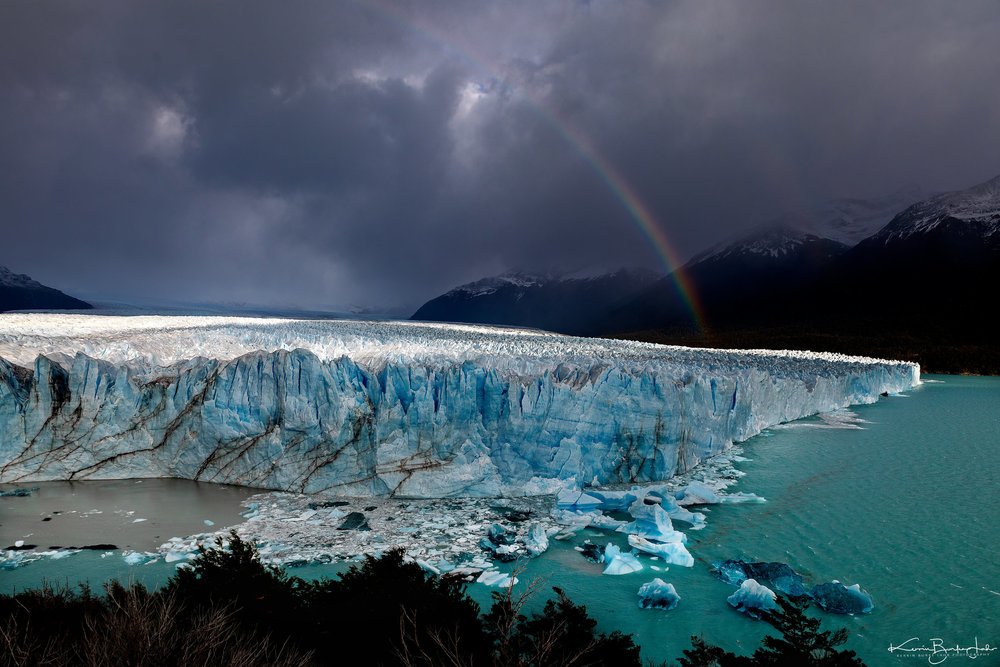
On the first day of the workshop we went to Los Glaciares National Park. It is an UNESCO World Heritage Site and the largest national park in Argentina. One of the largest glaciers in the park is the Perito Merano Glacier which is pictured above. It was a magical day with moody clouds, dappled sunlight and a rainbow to seal the deal.
A glacier is like a slow-moving river of ice. What you can’t get from looking at this image is the constant rumble and cracking sounds created by movement and glacier calving. Glacier calving is the breaking away and release of a mass of ice from the glacier. While we were here a huge piece in the center of the glacier broke free. Unfortunately, I was on my way to the restroom but knew by the volume and length of the thunder-like sound I had missed an incredible event. Fortunately, one person in our group was able to capture it with his camera.
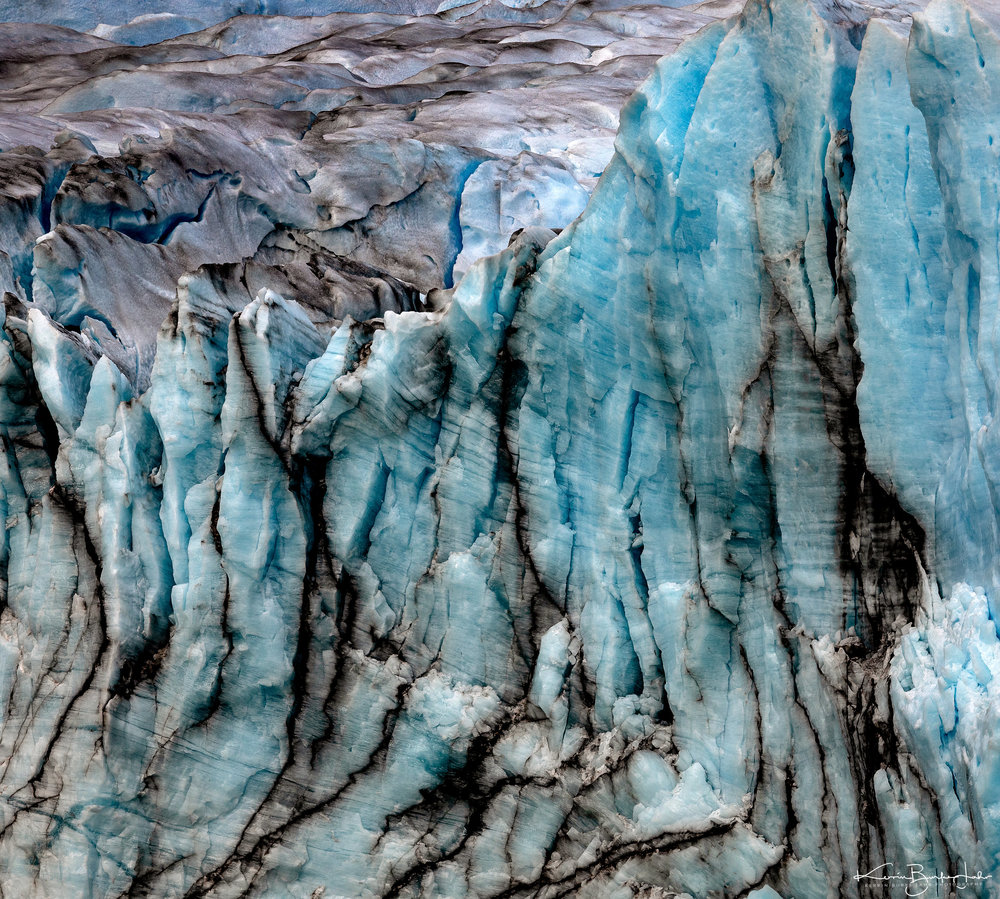
Close-up view of the color and texture of the glacier. The blue color results from the dense ice of the glacier absorbing every other color of the spectrum except blue – so blue is what we see.
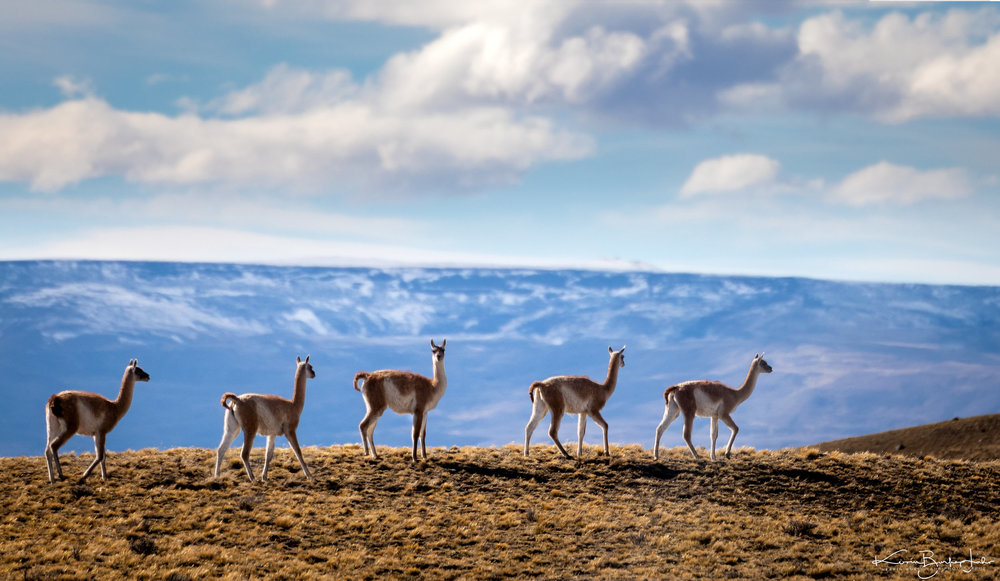
There is a lot of wildlife in Patagonia. My favorite animal was the guanaco. They are so cute and tasty too. They are a food source for pumas. I had the opportunity try guanaco twice; both times as an appetizer. The first time it was prepared “tartare” and the second it came thinly sliced like prosciutto. Both were excellent! The Guanaco is a camelid native to South America and closely related to the llama, alpaca and vicuña.
Left to right: black chested buzzard eagle, unknown bird and southern crested caracara. We also saw condors, flamenco, 5 pumas, a fox and a deer. Apparently, the deer sighting is considered quite rare as there are only 25 in Torres del Paine National Park. I’m a newbie when it comes to photographing birds. I realize that I need practice shooting them in motion. They are so quick and it was very difficult for me to keep them in focus. There were some seasoned birders in the group that got some really great shots.
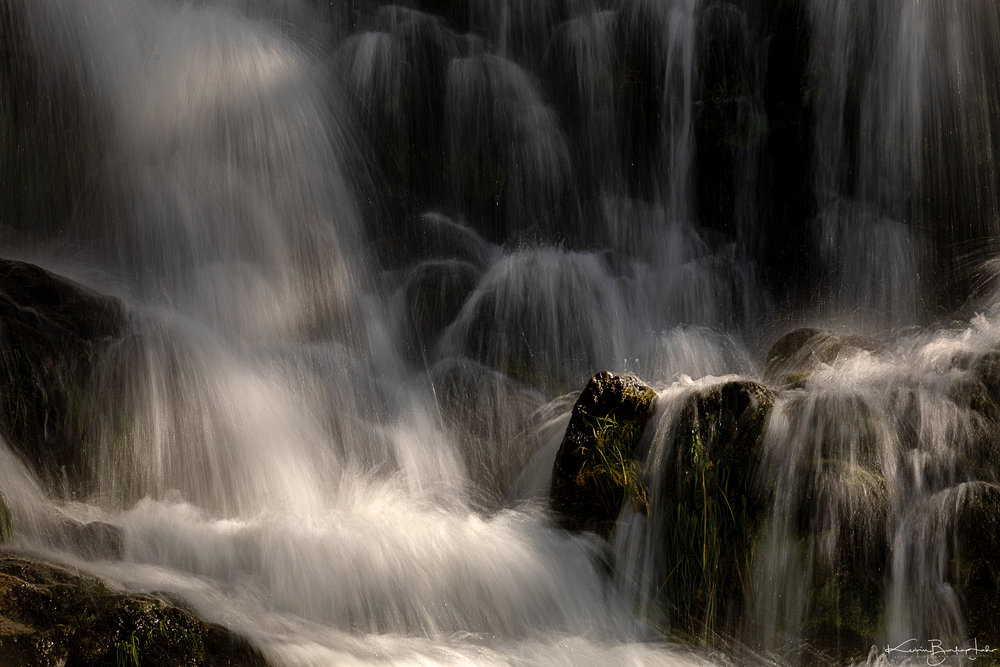
During the trip we had an unusual amount of bluebird days for the region. Not the best light for midday photography. When we pulled up to this waterfall, I knew I couldn’t capture the whole thing due to the extreme dynamic range created by areas of bright sunlight and dark shade. Instead, I tried to find a small section that I could work with. I exposed this image so the highlights were not blown out. The result – dramatic light that I really like.
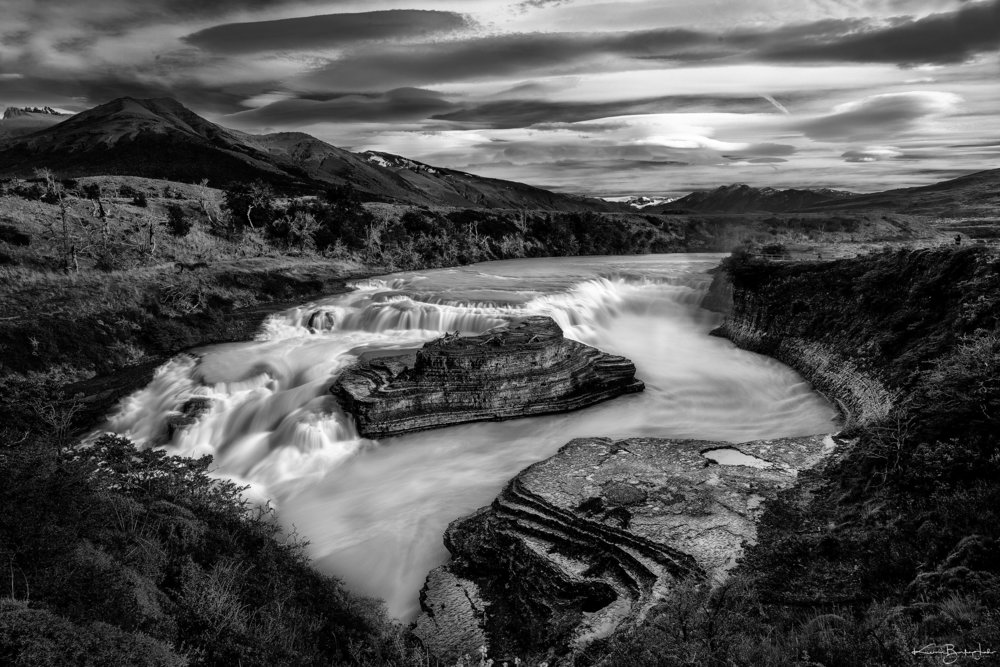
Cascada Rio Paine is known more for its position in front of Paine Massif, a mountain range with three distinctive mountain peaks. The usual shot in this area consists of the raging river in the foreground and Paine Massif in the background. After I got that shot, I turned 90 degrees to the right, started walking and came upon this site. I was drawn to the curves made from the river and rock formations. I was excited about this composition when I took the picture but even more so during a critique session when I discovered I was the only one that got this shot.
GEAR & LINKS
Canon 5d Mark IV
Canon 7D Mark II
Tamron Lenses: 15-30mm f/2.8, 24-70mm f/2.8, 70-200mm f/2.8
Breakthrough Filters: ND 3 stop, ND 6 stop, CP
Really Right Stuff: Tripod & Plates
Arca Swiss: Ball head
F-Stop Gear: Kashmir UL Backpack w/medium slope ICU
Muench Workshops
View Post on Original Blog
https://muenchworkshops.com/blog/patagonia-part-ii

